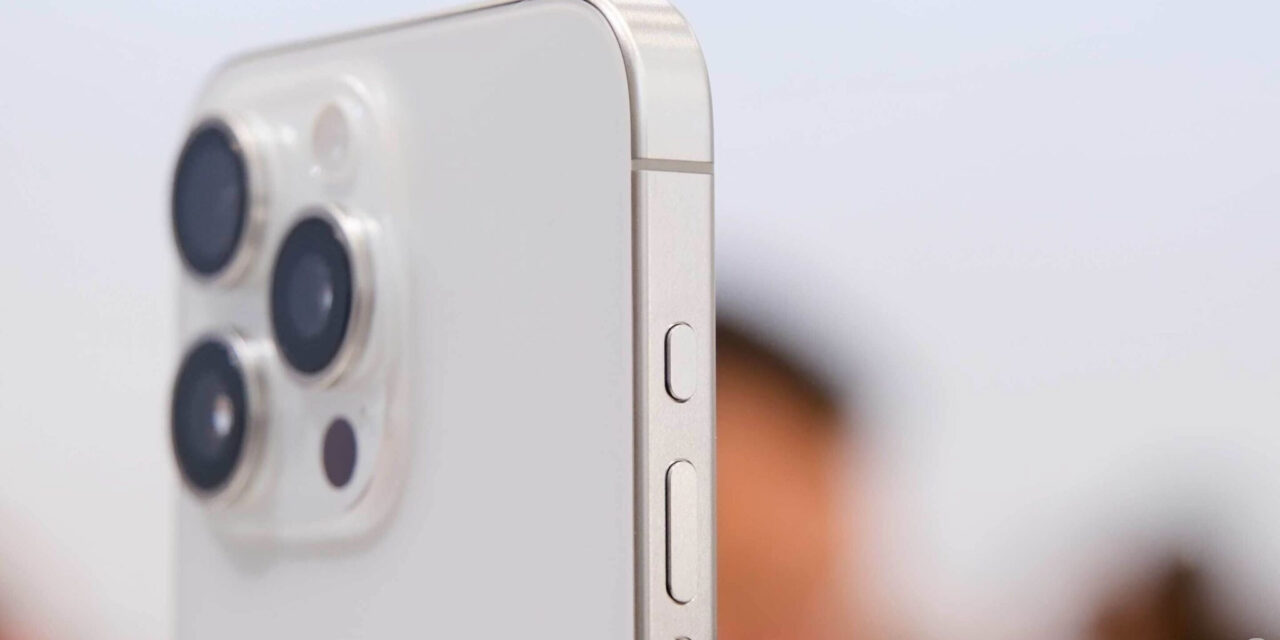
Bloomberg’s Mark Gurman and Matthew Townsend have conducted interviews with several current and former retail employees at Apple who claim that the iPhone maker’s vaunted brick-and-mortar stores have become less shopping-friendly in recent years.
From the report:
Web Smith’s recent experience at his local Apple store in the suburbs of Columbus, Ohio, has been an exercise in frustration.
There was the time he visited the Easton Town Center location to buy a laptop for his 11-year-old daughter and spent almost 20 minutes getting an employee to accept his credit card. In January, Smith was buying a monitor and kept asking store workers to check him out, but they couldn’t because they were “Geniuses” handling tech support. not sales.
‘It took me forever to get someone to sell me the product,’ says Smith, who runs 2PM Inc., an e-commerce research and consulting firm. ‘It’s become harder to buy something, even when the place isn’t busy. Buying a product there used to be a revered thing, now you don’t want to bother with the inconvenience.’
In a nutshell, employees claim the stores have become “mostly an exercise in branding and no longer do a good job serving mission shoppers like Smith.
“The Genius Bar, once renowned for its tech support, has been largely replaced with staff who roam the stores and are harder to track down,” notes the report. Most of the complaints seem to center around the Genius Bar’s demise, a “significant drawback because people are hanging onto their phones longer these days and need them repaired.”
It’s somewhat expected that the the quality of staff would decrease—after all, Apple now runs more than 500 brick-and-mortar locations and hires 70,000 retail employees.
So, who’s going to fix the Apple Store?
Apple’s newly appointed retail boss Deirdre O’Brien, that’s who! Having recently joined Instagram, she recently embarked on a listening tour of the stores and filled her feed up with happy snaps and shoutouts to employees she encountered in Austin, Paris and Hong Kong.
O’Brien’s immediate challenge is to make the stores more shopper-friendly—even if that means moving away from the tony gathering places her predecessor favored and creating more clearly defined spaces for browsing, quick purchases and service.
Not all folks are cool with today’s concept of the Apple Store—big, open spaces with trees, massive video walls and employees roaming the floors. That concept was put forth by former retail boss Angela Ahrendts, who joined Apple from Burberry around the time the Cupertino tech giant was about to launch the first Apple Watch.
Before her arrival, the Apple Store excelled at three key tasks: selling products, helping customers troubleshoot their devices and teaching them how to get the most out of their gadgets. ‘Steve Jobs was really keen on stepping into the store and knowing what to do,’ recalls a former Apple retail executive, who requested anonymity to speak freely.
Steve Jobs definitely knew what people wanted.
Mission shoppers who wanted to pick up a pair of headphones or an iPhone could get in and out quickly; those who wanted to learn more about their purchase could spend an hour getting trained by a Creative. If someone brought in a busted iPhone, a Genius would sort it out.
During Angela’s time, Apple Retail overhauled the Genius Bar and that aspect of the company’s retail strategy has proved especially controversial. Glassdoor say that a typical Apple Genius earns $22 per hour on average. In the pre-Ahrendts era, Geniuses were trained at Apple’s headquarters and nowadays they’re mostly trained in stores
And this…
Customers looking for technical advice or repairs must now check in with an employee, who types their request into an iPad. Then when a Genius is free, he or she must find the customer wherever they happen to be in the store. Ahrendts was determined to get rid of lineups, but now the stores are often crowded with people waiting for their iPhones to be fixed or batteries swapped out.
And can we please stop calling these stores “Town Squares”?
One of Angela Ahrendts’ first moves was to turn the stores into ‘Town Squares,’ where shoppers could hang out and, in industry parlance, “spend time with the brand.” Lines at the Genius Bar would have spoiled the effect, so stores started replacing the beloved customer-service counters with Genius Groves (comfortable seating under trees), tables and roaming Geniuses.
The stores now sure look fantastic, but the shopping experience is not what it used to be.

I think this is due in part to Tim Cook, Jony Ive and Angela Ahrendts’ strategy that called for turning Apple itself and its retail stores into a luxury fashion brand, a failed experiment.
Checkout counters also disappeared in favor of salespeople armed with mobile devices. The goal was to make Apple stores more like luxury showrooms, pushing offstage the unseemly business of checking out and fielding complaints.
But does O’Brien have what it takes to improve the shopping experience?
As human-resources chief (a position she will hold concurrently), she is well situated to overhaul recruitment and training. That’s crucial because store associates will probably be deployed in the coming years to sell the array of services—music subscriptions, extended warranties and more—Apple is counting on to augment slowing iPhone sales.
All I want to know is whether or not she’s going to bring back the original Genius Bar.
What do you think?






Recent Comments